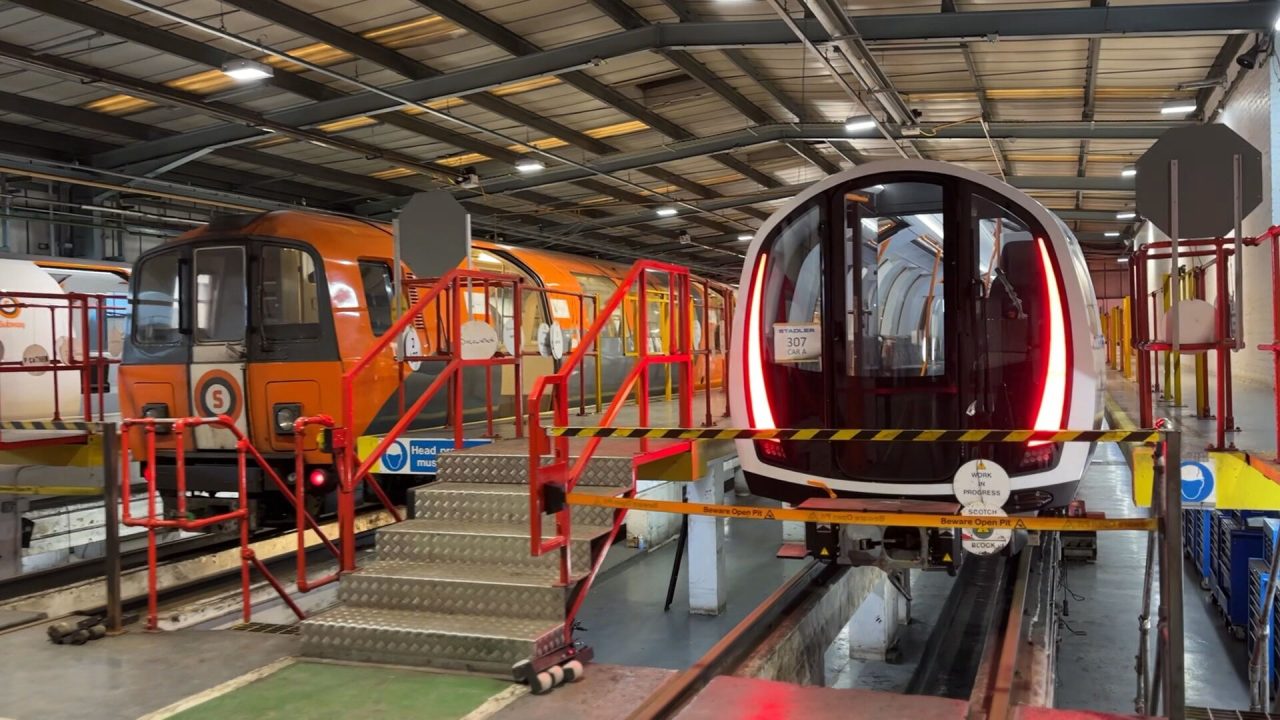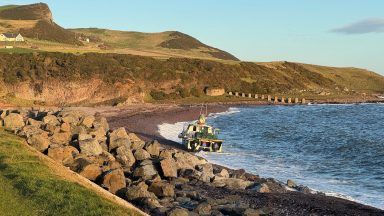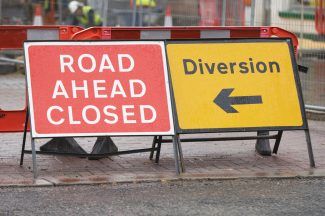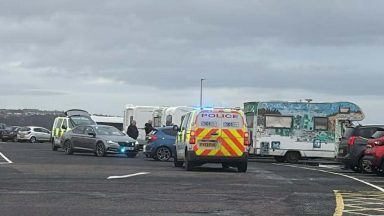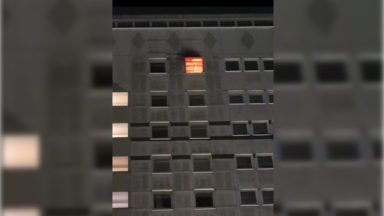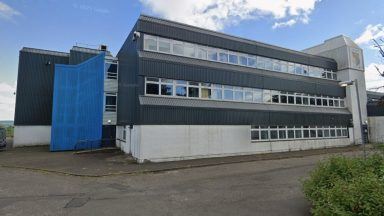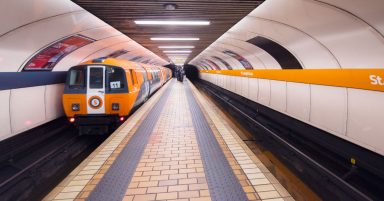The rollout of a new fleet of Glasgow subway trains is to ramp up in the coming weeks, as part of a £288m modernisation programme.
A fleet of 17 modern trains will replace the 12 existing ones, which have been on the route for more than 40 years, and have been increasingly subject to breakdowns.
STV News was granted exclusive access to the Strathclyde Partnership for Transport (SPT) depot as work on the fleet continues.
Two of the trains have been out on the tracks since December, with more to be introduced in the coming weeks.
 STV News
STV NewsThey are the first of a number of new measures in a wider modernisation programme which, in time, will lead to driverless trains and a more regular service – including extended operating hours on Sundays.
David Fielder, head of projects at SPT, said: “It’s really great to see them finally in passenger service.”
“It’s been a long journey to get here, lots of technical work, good hard work by the team to get the trains designed, built, tested, fault-free running and now to see them finally in service is really great to see.”
Originally built in Switzerland, the new trains are fully-air conditioned, wheelchair-accessible and have a “walkthrough” design.
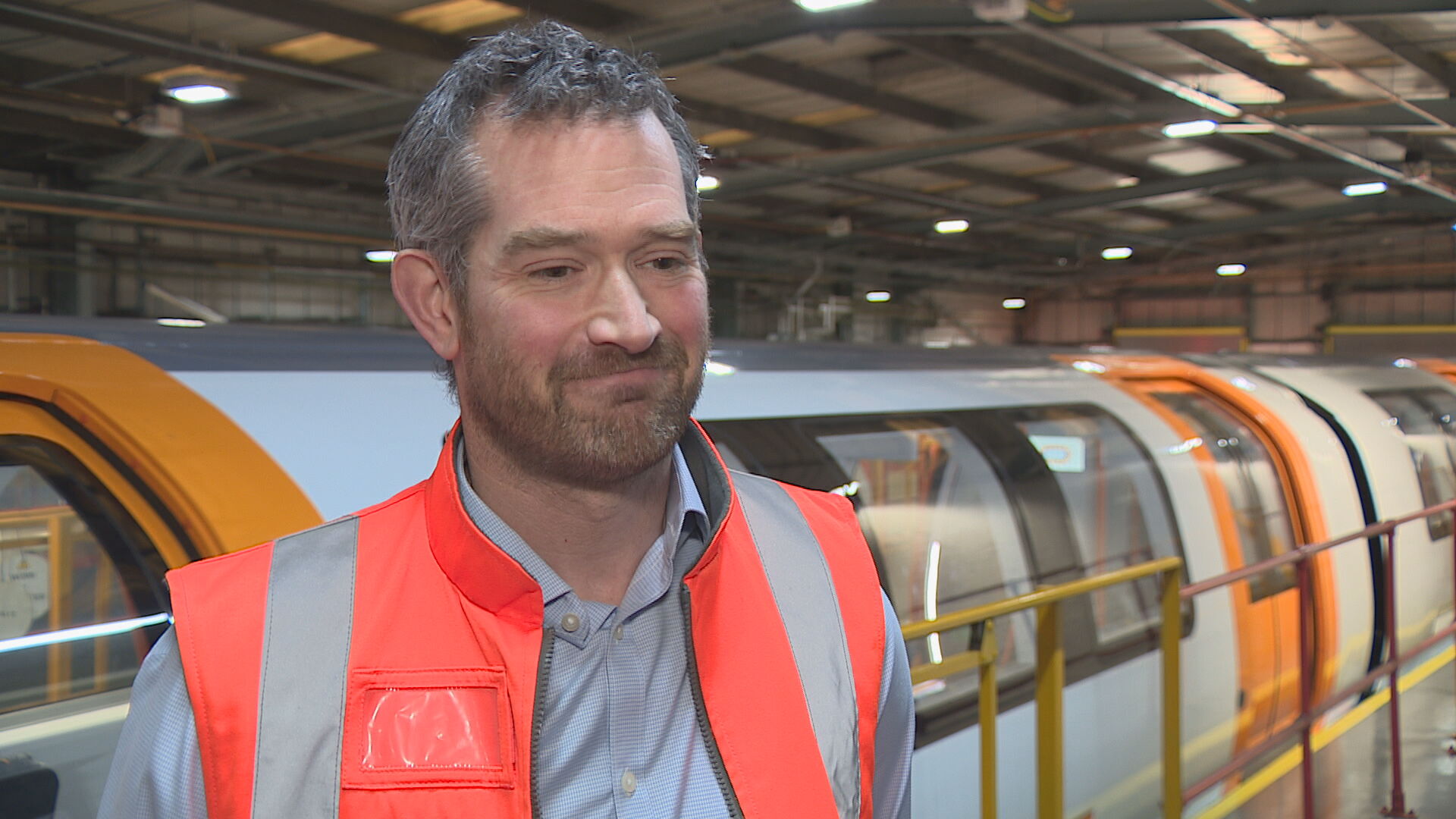 STV News
STV NewsRichard Robinson, SPT’s director of transport operations, said the new fleet would give an increased service and improved reliability.
He told STV News: “We need to be in a position whereby more people travel by public transport so modernising the subway is a critical way for us to, not only keep the system going but, ultimately grow our own patronage and the number of people that choose to travel by subway.
“Things like Sunday opening hours – we’re definitely working towards longer operating hours on the Sunday but equally through the rest of the weekend and the week as well.”
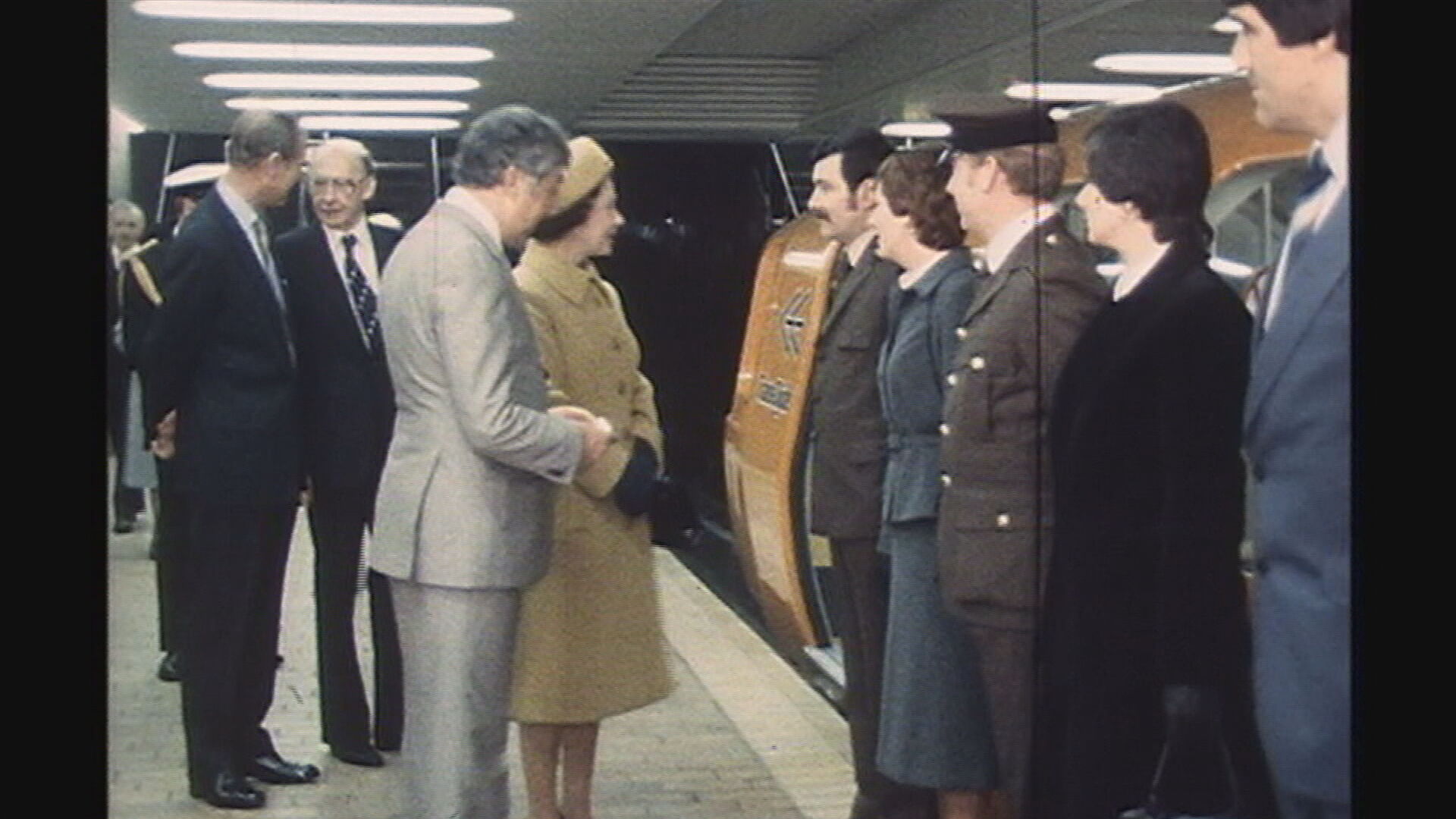 STV News
STV NewsThe Glasgow Subway is the third oldest in the world, after London and Budapest, and was first opened in 1896.
The last upgrade came with an official reopening of the system by Queen Elizabeth II in 1979, with the trains from that time being in the system ever since.
Mr Robinson said: “They’ve served the region brilliantly for 43 years – it’s an incredible service life. Testament to that, is the level of interest that people have in terms of what is going to happen to those trains.
“The first ones will likely start to be used for spare parts […] some of them, we hope, will be taken on by local museums to act as a bit of a feature which is really exciting […] but then others will then essentially go through a process whereby they’ll be decommissioned and taken away.”
 STV News
STV NewsThe modernisation programme – costing £288m – is the biggest upgrade in more than 30 years. As well as the new trains, the subway’s signalling equipment, control systems and control centre are all being replaced.
Driverless trains will then be introduced once the system is in place and fully tested.
Mr Robinson said: “We go through extensive testing and rally comprehensive processes to ensure everything is in place to keep that a safe operation. At the moment though, the trains are operating with drivers and those drivers will be running that system for a good while yet.”
Follow STV News on WhatsApp
Scan the QR code on your mobile device for all the latest news from around the country


